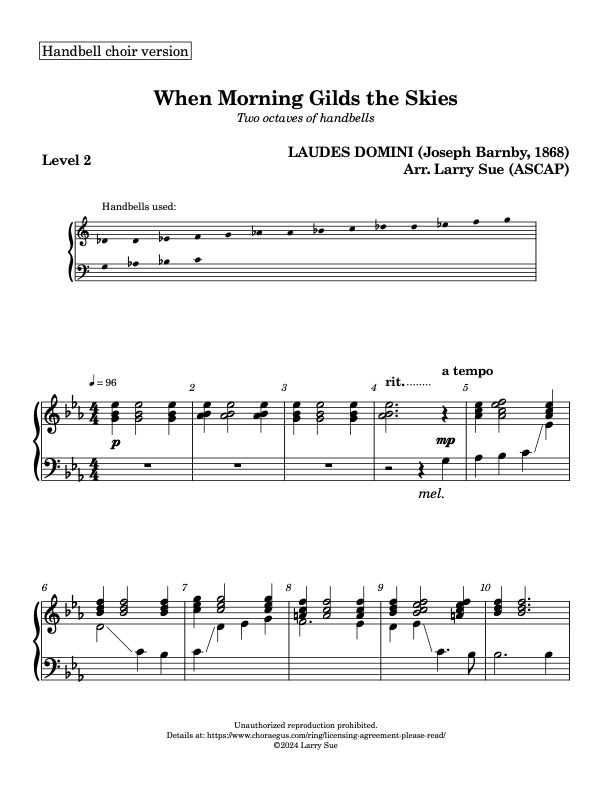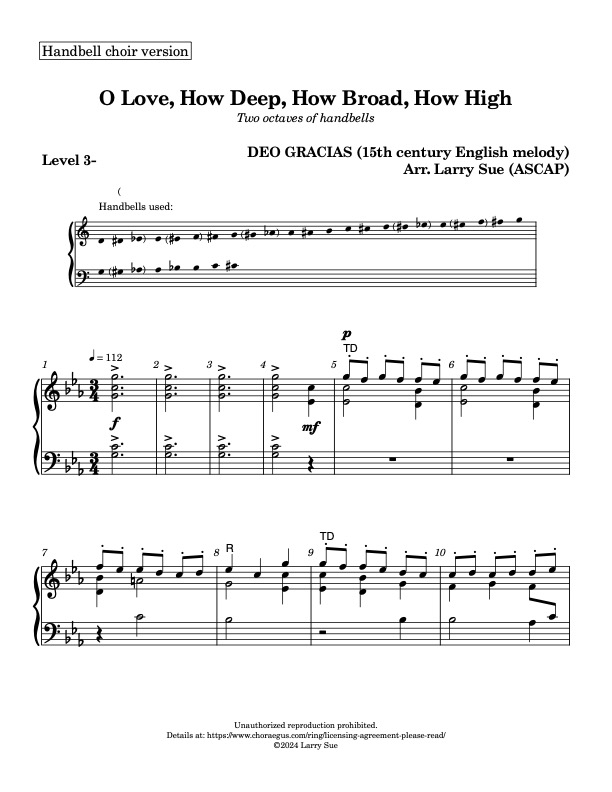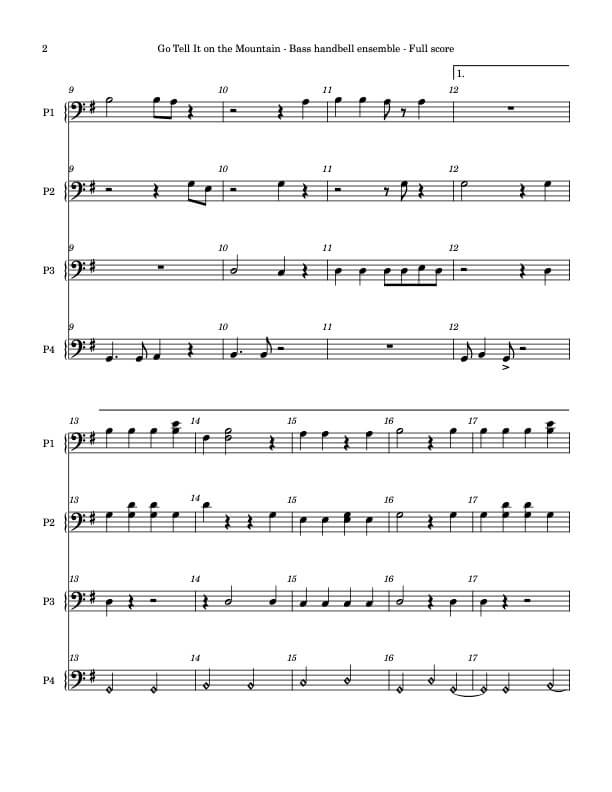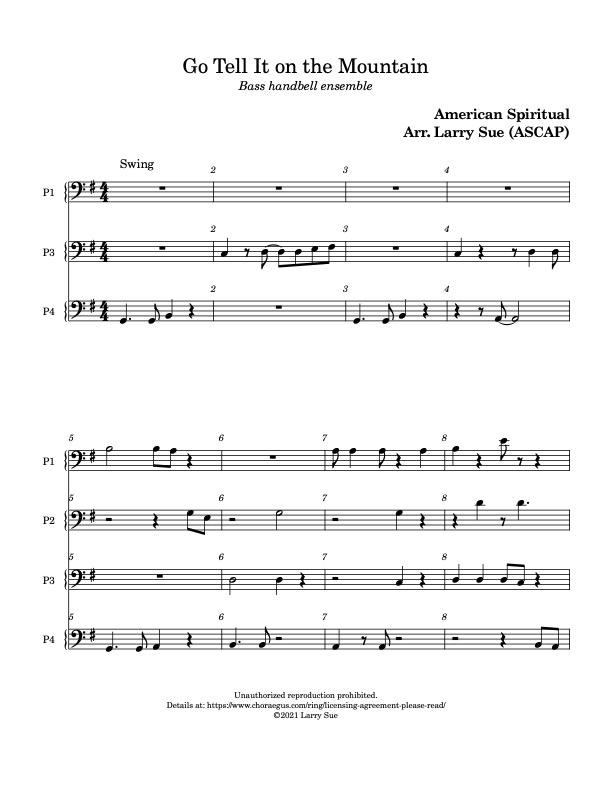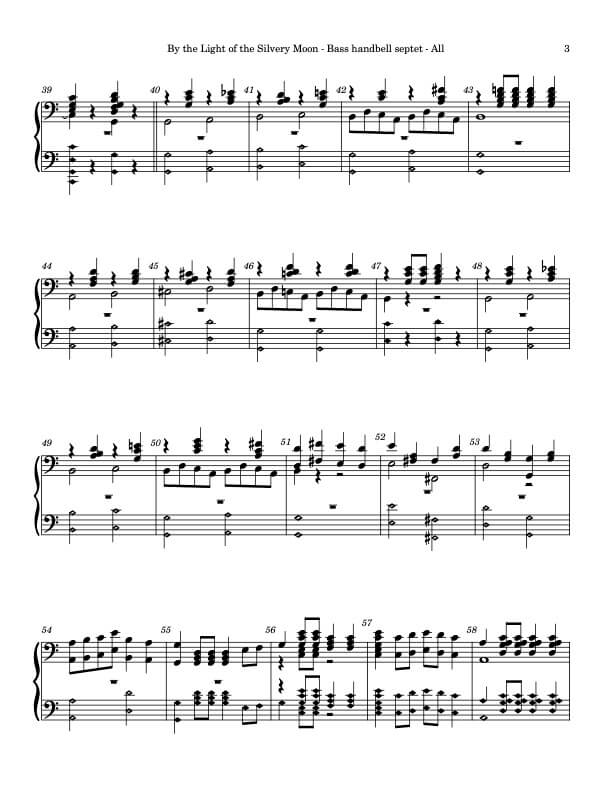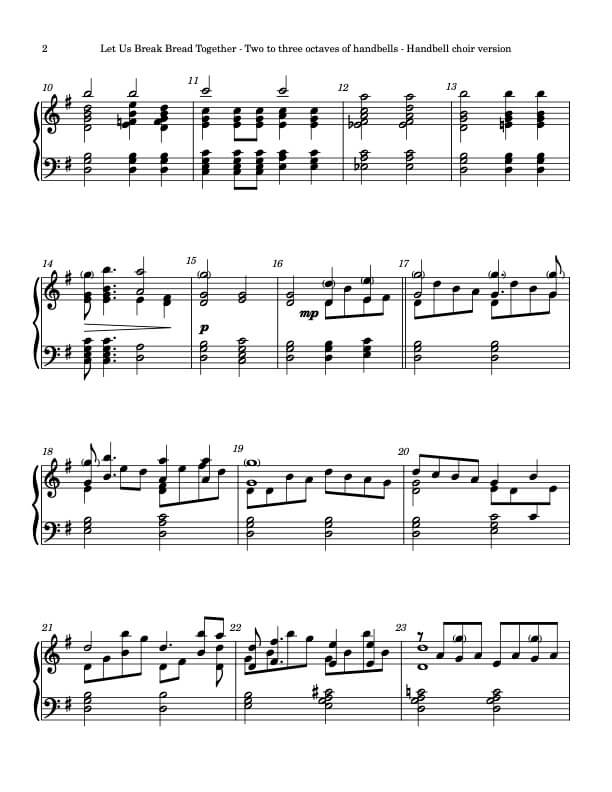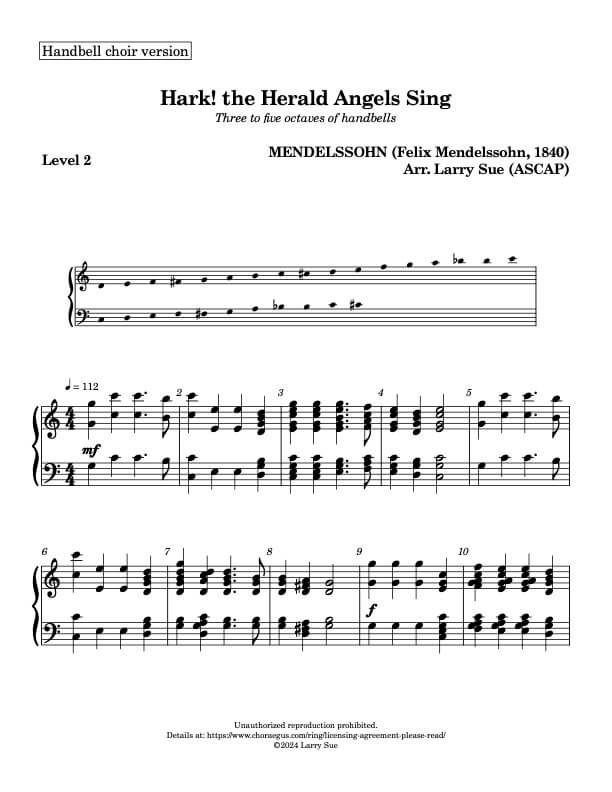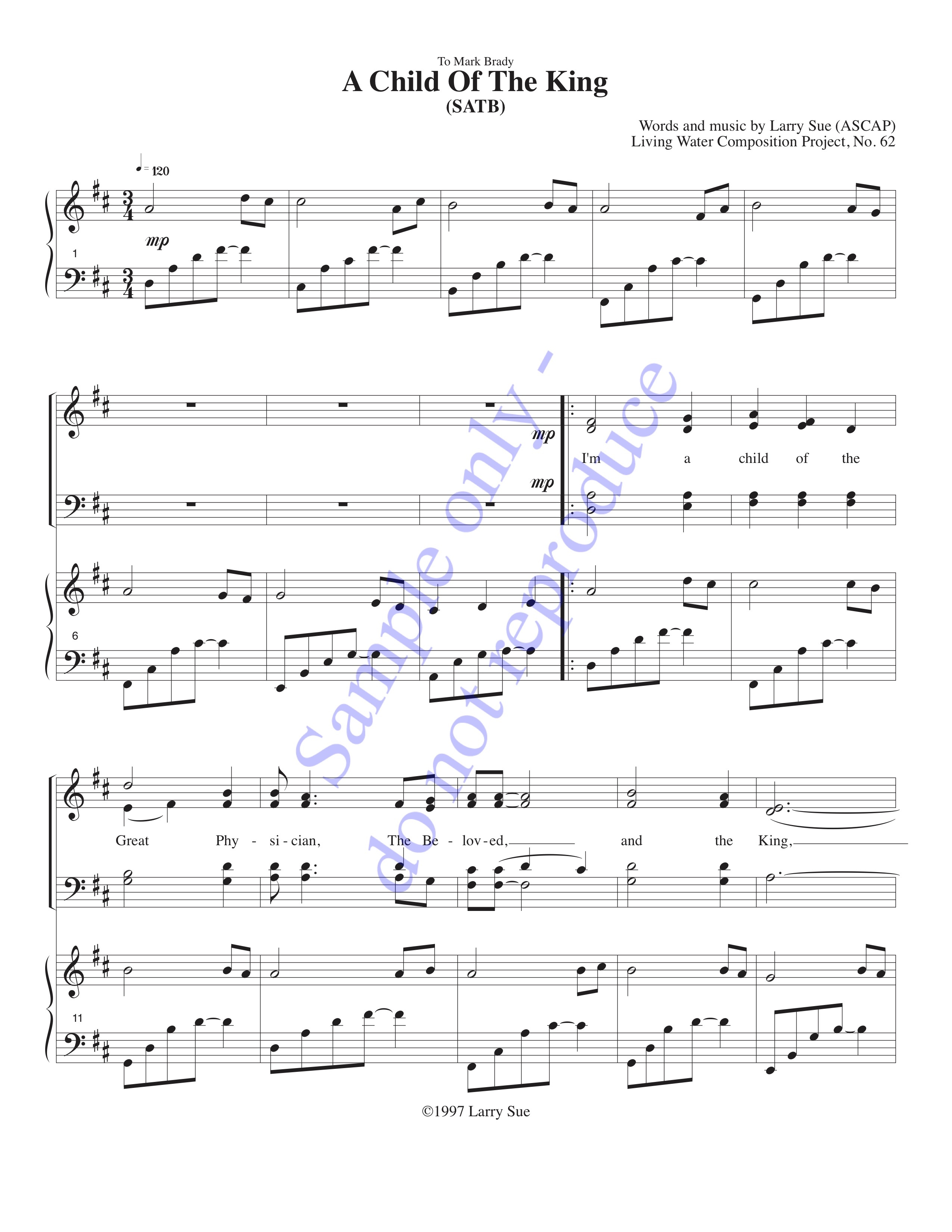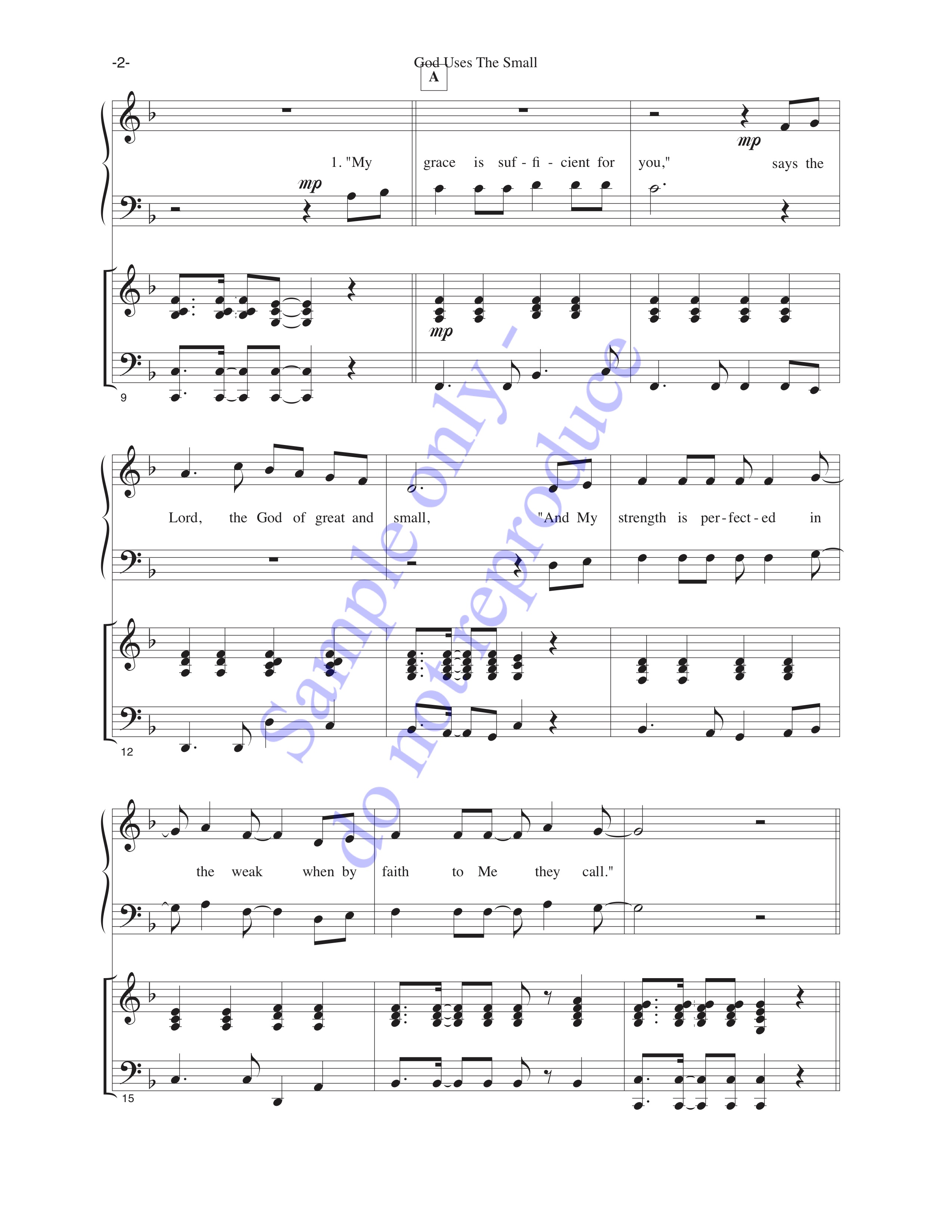Unified, coordinated expression is one of the hallmarks of a great choir. In simple terms, we need to sound as if our voices belong together. One of the many factors important to that unity can be summed up in the following phrase:
Here are the assumptions behind this idea:
- We get most of our singing power when our mouths are open. That happens when we sing vowels.
- Our rhythm is defined by where syllables begin and end. This happens when we sing consonants, at transitions between vowel sounds, or at the beginning or end of silence (such as a rest).
This allows us to separate control of the tone (or timbre) of our singing from control of the rhythm of our singing. You can think of this as a “divide and conquer” approach; being able to solve each part by itself means that it’s easier to solve the whole problem:
- Long Vowels. Singing long vowels means that the most resonant sounds occur for the greatest amount of time. This allows voices to blend, and makes harmonies more easily heard as we sing.
- Short Consonants. Singing short consonants means that the bits of speech that define the rhythm can be placed precisely according to the score. This also means that it’s clear when you’re in sync with the accompaniment and the other singers, and easy to ensure that everyone properly synchronized.
This leads to the question of time duration. Here are the rules of thumb:
- Vowels should be as long as possible. Push/stretch them for as close to the entire length of the written note as you can.
- Consonants should be as short as possible. The idea is to give them just enough time length to be clear and distinct.


